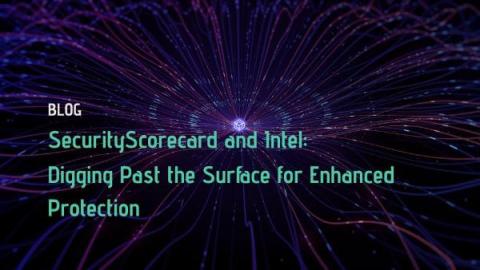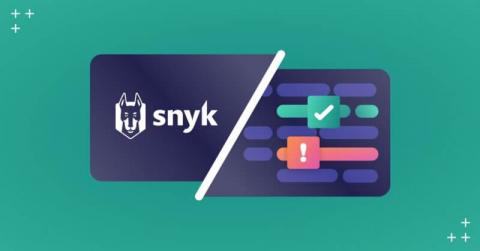The Importance of Analytical Testing in Cybersecurity
Today, cyber threats evolve at a breakneck pace, and the significance of analytical testing in cybersecurity is a major bulwark against these threats, vital for organizations aiming to protect their data and systems from sophisticated cyberattacks. Analytical testing in cybersecurity involves a series of systematic assessments designed to detect and mitigate vulnerabilities in an organization's cyber infrastructure. It incorporates different types of validity, such as content, construct, and criterion. Ultimately, it can ensure a comprehensive evaluation of security systems.











